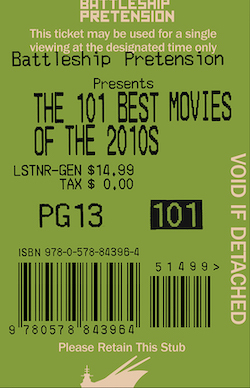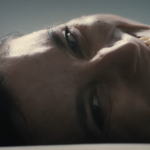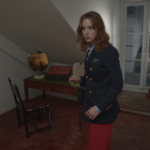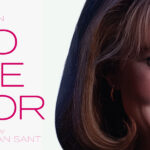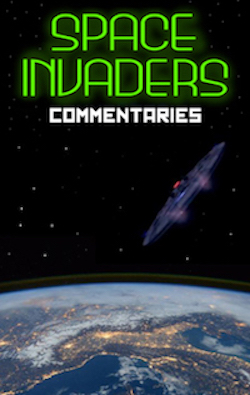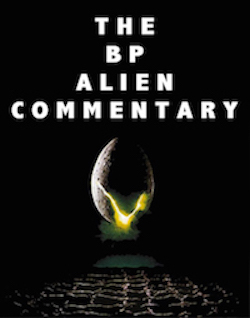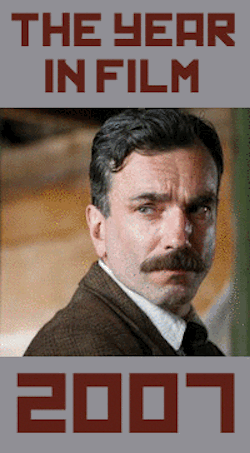Kubrick in Reverse- Barry Lyndon: Funny Paintings, by Kyle Anderson
It can never be said Stanley Kubrick did anything accidentally. There’s been probably no greater perfectionist in the history of filmmaking, if you’ll pardon the superlative. His movies are all, to some degree or another, difficult. His keen eye for detail and distinct visual style, his technical proficiency, are unmatched in their innovation, and yet many find it taxing to sit through his films very often, I believe due entirely to pacing. He’s a careful, methodical filmmaker and as such his films are often careful and methodical, though some would argue they’re just slow. His films are like symphonies, each movement moving toward the next, and it’s possible those who can’t sit through symphonies also can’t sit through Kubrick films.
For all of my celebration of the director, though, I find it nigh-impossible to watch his 1975 film Barry Lyndon. The DVD sat on my television stand for well over a month before I actually took the time to watch it, and even then in three goes. Why is it that this film, arguably his most visually accomplished, is so difficult to watch? The length is certainly a factor. Clocking in at 3hrs and 4min, Lyndon is by far Kubrick’s longest film, but my favorite film of all time is The Good, The Bad, and The Ugly, which is only five minutes shorter. I refuse to accept that it’s just a “bad” movie, because clearly it isn’t. The cinematography, costumes, art direction, and score all won Oscars, and it was nominated for Best Picture, Best Director, and Best Adapted Screenplay. The acting is wooden, especially from its miscast star, Ryan O’Neal, but it befits the stilted atmosphere of the time in which the story is set. So what is it? After much mulling, I think I’ve figured it out: Stanley Kubrick made a 18th Century comedy in the form of living paintings.
Now, I imagine you’ll need some context for that. Most people, I’m sure, will watch ten minutes of the film and say, “That there’s a romantic period drama, you fool!” Naturally, most people, including myself only recently, would agree. However, upon this viewing, I realized that the proceedings nearly overflow with the humor one could only glean from the stuffiest of societies. The film opens with narration regarding how Barry’s father would have been a prominent lawyer if he hadn’t first been killed in a duel over the purchase of some horses. While this droll sentence is read, we see in the far distance two men drawing pistols, firing, and one falling dead. This is wickedly comedic happenstance presented as “properly” as possible. In fact, the narration, provided by Michael Hordern, provides much of the humor in the film, simply by being so very clipped and, well, British, about the whole affair.
What follows is the account of Redmond Barry, who is a braggart and a fool and yet he somehow, through pomp, circumstance, and luck, fails upward until he is a Belgian lord, only to lose it all again through equally unfortunate events. He goes from rags to riches to rags, which is the definition of a comedy. Let’s run the list of Redmond Barry/Barry Lyndon’s foibles: He sleeps with his cousin, he picks a fight with her suitor who is a gentleman and a captain, he “kills” the captain in a duel that his arrogance will not avoid, he joins the British army, deserts from the British army, impersonates an officer, gets arrested by and forced to join the German army, deserts and becomes a con artist, sleeps with a lord’s wife, causes said lord to have a heart attack, marries the Lady and becomes a Lord himself, treats her terribly, beats up his step-son, loses his own son in a horrible manner, loses a duel with his step-son and spends the rest of his life penniless and crippled.
The sequence that results in the death of Barry’s beloved son is indeed tragic, but when viewed through the lens of the film as a comedy, it suddenly becomes very, very black humor, something Kubrick did very well. The boy asks his father for a horse and Barry buys him one, under the strictest of orders never to ride it without Barry present. Naturally, in the following scene, we hear that the boy went off on his own to the stables, took the horse out alone, and then was thrown off and trampled/smothered under the weight of the giant beast. Barry and Lady Lyndon are understandably heartbroken as they sit at the child’s bedside. The child has lines that are far too adult-sounding and could easily have been said by a 90 year old man on the same deathbed. The exchange between the son and the two parents is SO sad and SO terrible that it comes across as melodrama and hence is sort of funny.
The other half of my claim is much easier to see; each shot of Barry Lyndon is like a painting, a portrait from another time. Throughout the film, Kubrick will linger on a shot for longer than one would expect while the subject of the shot makes minimal movement, if at all. This isn’t just to add tension, but to allow the audience to fully observe and digest his individual pictures, like a museum patron admiring a DaVinci or a Picasso. Even shots where there is movement, they’re always composed in such a way as to give the impression of movement WITHIN a picture and not a moving picture itself.
One very famous shot starts as a close up of Lady Lyndon and her older son, Lord Bullingdon, half-lounging in a chair. The two actors are perfectly still. Slowly, the camera zooms out, revealing the massive room in which they’re sitting, with lots of books and shelves surrounding them. The camera continues to zoom out until the two characters, who started out in large close-up, are now tiny figures amid the relative clutter of the room. Nothing happens in this small scene other than to establish the Lady’s sort of general malaise and disaffection with her life, but Kubrick’s use of the zoom gives us time to focus on her until she is engulfed in the oppression of the room.
Barry Lyndon is work of art; it just might not be the kind of art one would expect in a film. It’s a strange film that will certainly not be everyone’s cup of tea. While not as outwardly shocking or inventive as 2001: A Space Odyssey or A Clockwork Orange, it still offers viewers something they aren’t accustomed to seeing. Believe me, if you watch this movie, it’ll go down much easier if you think you’re watching a comedy at a museum.













